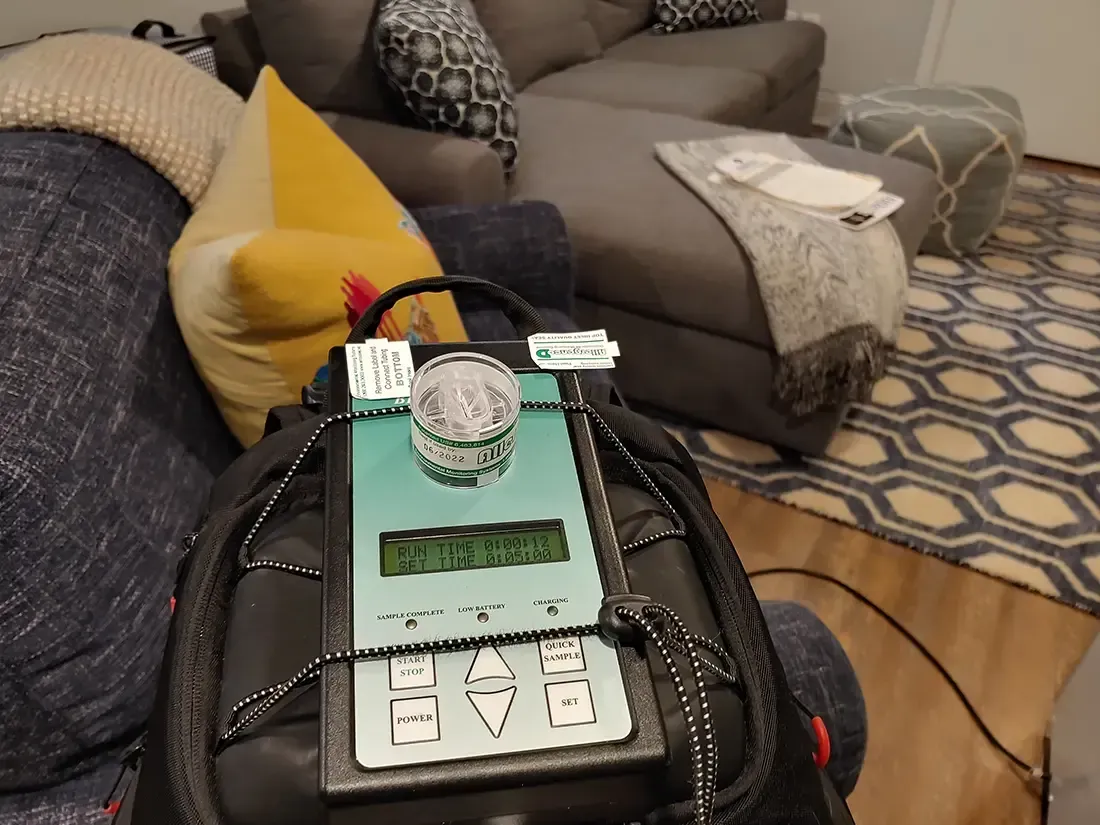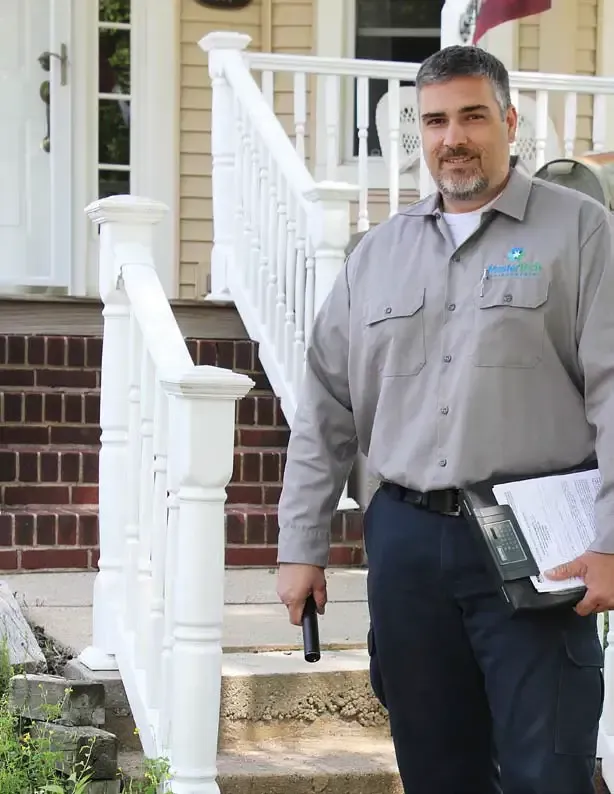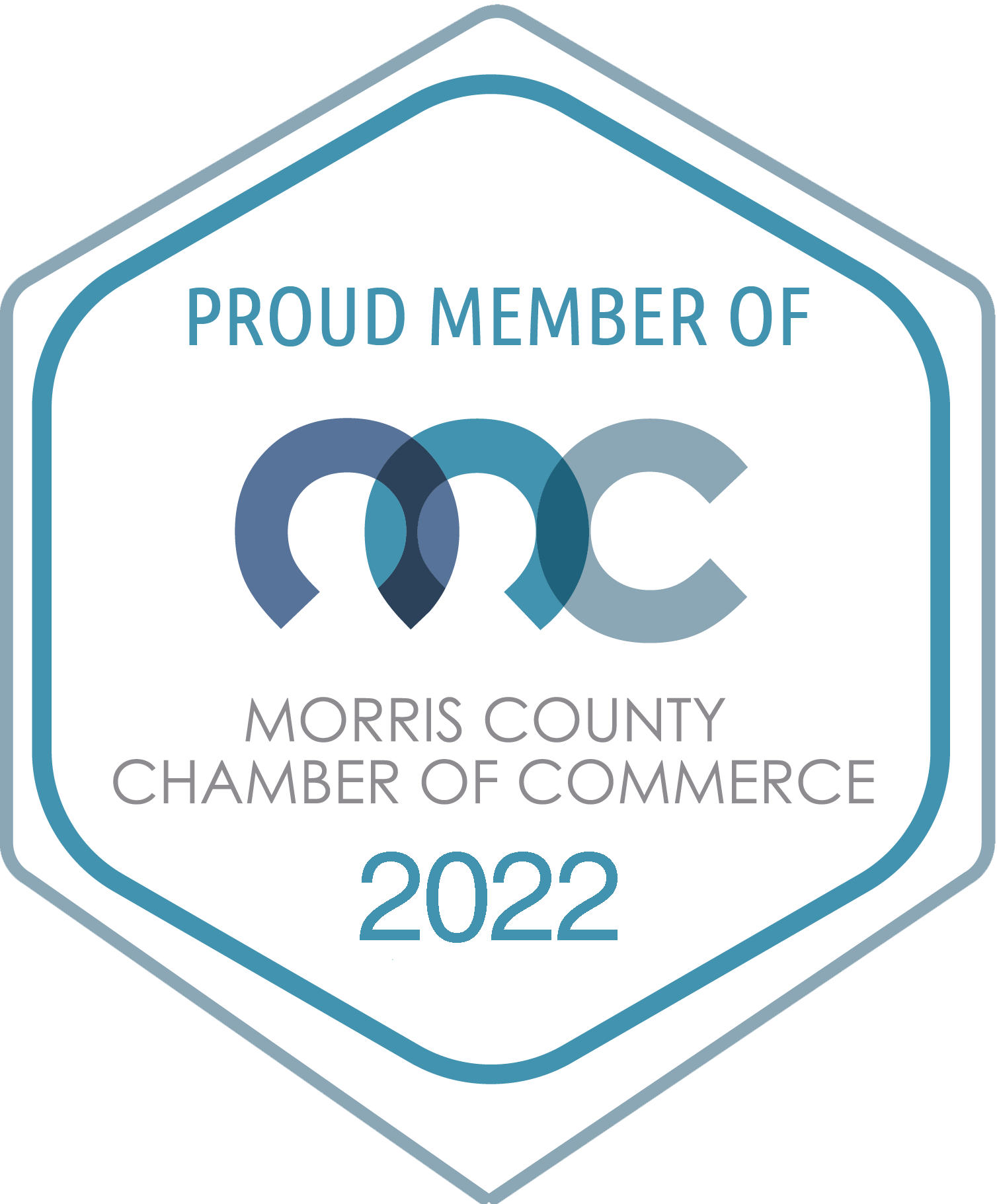What is Mold Sampling, and When is it Necessary?

If you've recently noticed unusual odors, persistent dampness, or unexplained allergy symptoms in your Morristown, NJ home, you might suspect mold—but what if there's no visible evidence? While most homeowners recognize mold as a potential issue, fewer know precisely how to confirm their suspicions when mold isn't visible. This uncertainty often leads homeowners to consider mold sampling. Mold sampling involves taking specific samples from various surfaces or the air within a home to identify mold presence, determine its type, and evaluate its extent.
However, mold sampling isn't always necessary or beneficial. Knowing exactly when mold sampling is appropriate, what the process entails, and why professionals should handle it can empower homeowners to make informed decisions, ensuring both their home and family's health are adequately protected.
When Should Morristown, NJ Homeowners Specifically Consider Mold Sampling?
Mold sampling is not always necessary, especially when mold is clearly visible. The Environmental Protection Agency (EPA) emphasizes that if mold can be visually confirmed, additional testing typically isn't required—efforts are better directed toward moisture control and mold remediation. However, mold sampling becomes particularly relevant under these specific conditions:
· Hidden Mold Suspected: You detect a persistent musty odor or experience allergy-like symptoms but cannot locate visible mold.
· Past Moisture Events: There has been a history of leaks, flooding, or high humidity, making hidden mold likely.
· Health or Legal Concerns: Documentation and specific identification of mold species become essential for health reasons or potential litigation.
In these scenarios, mold sampling conducted by trained professionals provides clarity and guidance for necessary actions.
What Does Mold Sampling Involve?
When conducted properly by environmental professionals, mold sampling is systematic and involves several precise methods, each chosen based on the home's specific circumstances.
Air Sampling
Air sampling is often used to determine if mold spores are actively circulating within your home. Professionals use specialized equipment called spore trap cassettes, which draw in air from your indoor environment. The captured spores are later analyzed under a microscope. Results from indoor samples are compared with outdoor air to understand if indoor mold concentrations are significantly higher, suggesting an internal mold source.
Surface Sampling
Surface sampling directly investigates suspect areas for mold presence. Common methods include:
· Swab Sampling: Ideal for hard-to-reach or damp surfaces where other sampling methods might fail. Professionals use sterile swabs on suspected surfaces and then analyze the samples in laboratories for mold identification.
· Tape Lift Sampling: Clear adhesive tape is pressed onto surfaces to capture mold structures, placed onto microscope slides, and analyzed. This method quickly identifies mold presence and type on visible surfaces.
Bulk Sampling
Bulk sampling involves removing small sections of potentially contaminated materials like drywall, wood, or carpet. This method helps when mold is suspected within building materials themselves. The samples are carefully collected and sent to a laboratory, where detailed analysis can determine the mold's specific type and concentration within the material.
Invasive Sampling
In cases where mold is suspected but inaccessible, invasive sampling becomes necessary. This method involves opening up walls, ceilings, or floors to directly inspect and sample areas otherwise hidden. Because invasive sampling is more disruptive, it is typically reserved for cases strongly suspected of having significant hidden mold growth.
The Necessity of Professional Mold Sampling
Professional mold sampling is crucial because it provides accurate results and proper interpretation. Mold isn't just a single type of fungus; numerous species exist, each with different implications for health and remediation strategies. Professionals follow specific, standardized procedures recommended by authoritative bodies like the American Industrial Hygiene Association (AIHA) and the American Conference of Governmental Industrial Hygienists (ACGIH). Their experience ensures samples are collected accurately, results are interpreted correctly, and the most effective remediation plans are recommended.
Professional sampling also accounts for critical environmental factors such as moisture content in building materials and humidity levels, which are essential for understanding the root cause and extent of mold issues. Attempting mold sampling without professional guidance may lead to incorrect interpretations, inappropriate remediation efforts, and unnecessary expenses.
Evaluating the Value of Mold Sampling for Your Situation
While mold sampling provides valuable insights, weighing the potential benefits against the cost and disruption it can cause, particularly with invasive sampling methods, is essential. Before committing to mold sampling, homeowners in Morristown, NJ should carefully consider the following:
· Whether hidden mold is likely based on symptoms or historical moisture events.
· The necessity of detailed documentation for health or legal concerns.
· Potential costs, including repairs following invasive sampling.
If mold is already visible, focusing resources on correcting the moisture issues and immediate mold removal usually provides more direct benefits than additional testing.
Make an Informed Decision: Carefully Assess Your Need for Mold Sampling
Understanding precisely when and how mold sampling should be conducted is critical for homeowners in Morristown, NJ. While mold sampling offers detailed insights into hidden mold issues, it is not universally necessary or cost-effective. Always engage qualified professionals who can accurately evaluate your specific situation and guide you toward the most effective and practical solution. Taking the time to come to a thoughtful decision ensures the safety and health of your home and family without unnecessary expense or concern.





